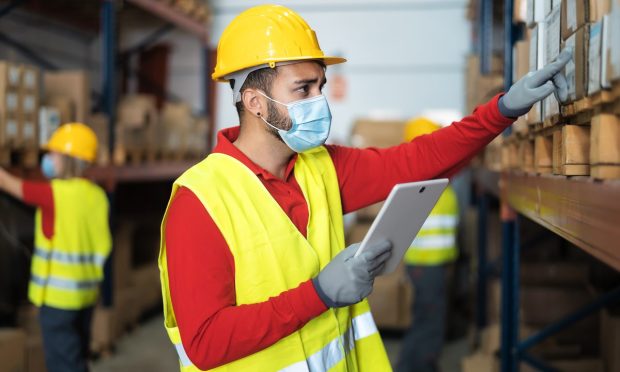Economic Uncertainty Boosts Demand for Automation

Faced with inflation, rising interest rates and general unease, consumers have been tightening their belts. The markets, to say the least, have been jittery as a result.
So far, this year hasn’t been good for eCommerce investors, a fact that’s putting pressure on companies to find new ways to scrimp and save and enhance the bottom line. And perhaps nowhere is that being felt as keenly as in the chief financial officer’s (CFO’s) office.
“The CFO’s job has become a little harder now,” Jaya Jaware, chief financial officer at CommerceIQ, told PYMNTS. “People are looking for higher revenue, lower cost. What are the growth factors? What is the [return on investment (ROI)] on every investment?”
That, in turn, creates demand for automation. CommerceIQ, an eCommerce management platform, applies machine learning (ML) and automation across marketing, supply chain and sales operations to help consumer brands grow market share and profitability. The platform serves more than 2,200 brands.
“The need for a solution is higher because people are focused on profitability,” Jaware said. “So, in that way, it’s a positive change for a company like us who is bringing automation to them.”
Deploying Automation and Insights
Consumer brands deploy insights from the platform in a variety of ways. For example, they use these tools to make their retail advertising effective by matching their promotions with inventory that’s actually in stock.
Decisions like those need to be correct at a time when brands that might have a fantastic presence in brick-and-mortar and be one of only five or 10 brands on the shelf, enter eCommerce and find that they are one of 200 brands turning up in searches.
But despite what’s happening to eCommerce stocks, eCommerce is here to stay, Jaware said. The growth that happened during the pandemic will not go away.
“There are many, many people like me and others who are just hooked to online deliveries,” Jaware said.
Doing Things Electronically
Automation is taking place in companies’ accounts payable (AP) and accounts receivable (AR) departments too. At CommerceIQ, automation has increased multifold, having started before the pandemic but then accelerated.
If it was 50/50 two years ago, it might be 90/10 now, with 90% happening electronically and 10% happening manually, Jaware said. The company will send invoices and checks manually if the recipient requests it, but more and more people have realized it’s better to pay and get paid digitally.
“All these automations and ways of doing things electronically — all these are here to stay,” Jaware said.
Working With Flexibility
Another trend that will not go away — and that CommerceIQ and all companies and CFOs are continuing to adapt to — is a remote workforce.
CommerceIQ remains fully remote while encouraging teams to have in-person meetings quarterly and bringing the entire company within each country — the U.S. and India — together every six months. They also travel to customer meetings if customers are open to meeting in person.
Beyond that, operations continue with a remote workforce.
“Do I need to be in the office five days a week, 9 a.m. to 5 p.m.?” Jaware said. “It’s not necessary at all. It feels like, at this point right now, my team is way more available to me on Slack and Zoom. That has given a lot of flexibility.”

